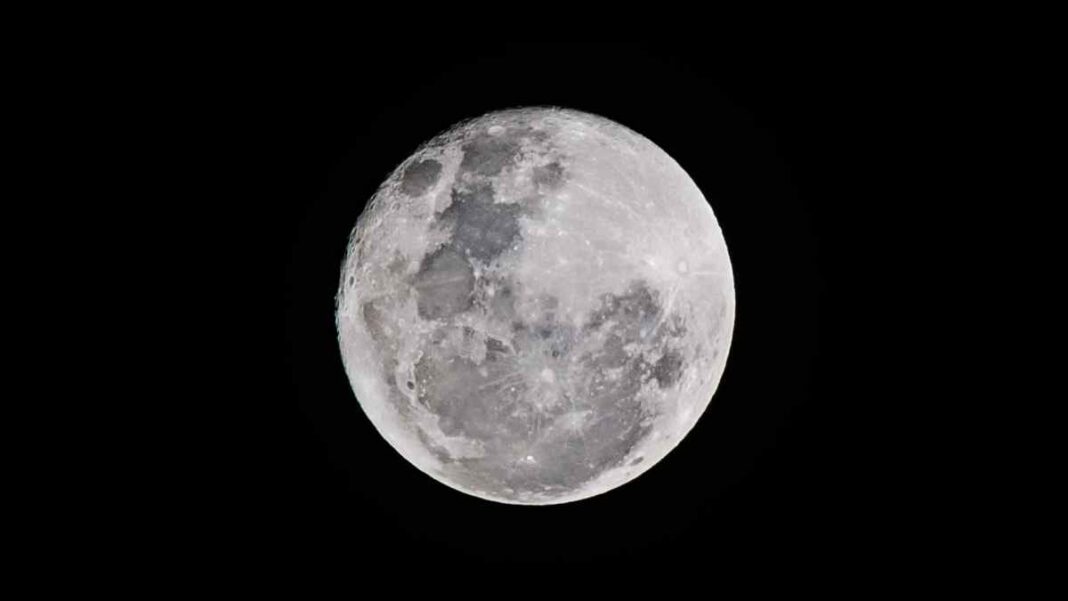INDIA: According to ISRO, a set of ancient lunar basaltic meteorites were discovered by experts from the Physical Research Laboratory (PRL) in Ahmedabad, the US, and Japan. This discovery raises fresh questions about the origin of lunar basalts.
The Department of Space’s PRL, a division, conducts basic research in a few fields of physics, space and atmospheric sciences, astronomy, astrophysics and solar physics, as well as planetary and geosciences.
The Moon’s dark areas, known as the “mare,” are visible to the unaided eye and, according to a statement from the Indian Space Research Organization (ISRO), are the remains of a violent past for the Solar System. On Earth, however, there are no records of these frenetic events.
We have a window to look back at the past through the Moon because it hasn’t altered much throughout billions of years.
According to the report, basalts, which are composed primarily of volcanic rocks, make up the vast mare regions on the near side of the Moon that are visible from Earth.
In addition to revealing the sources of heat that melted and crystallised the material into the present-day rocks, these places hold the key to understanding how the Moon formed and cooled, according to the national space agency.
A large number of mare basalts have been transported to Earth by the Apollo, Luna, and Chang’E-5 missions.
It was noticed that Procellarum KREEP Terrane (PKT), an area that is extremely rich in potassium, rare earth elements, and phosphorous, is where the 3.8-3.3 Ga (Ga = one Billion years) old Apollo mare basalts were discovered.
KREEP stands for a location with concentrations of phosphorus (chemical symbol – P), rare earth elements (REE), and potassium (chemical symbol: K). They are abundant in radioactive elements that generate heat to melt rocks into basalts that are KREEP-rich.
According to ISRO, a series of rare ancient lunar basaltic meteorites with a very low abundance of KREEP have been discovered by a scientific team from PRL, the USA, and Japan.
ISRO added, “This implies that these meteorites must have originated from a location other than PKT. Asuka-881757, a lunar meteorite discovered in 1988 in Antarctica and collected by Japan’s National Institute of Polar Research.”
“Kalahari 009, a lunar meteorite discovered in 1999 in South Africa’s Kalahari Desert; and samples from the Russian Luna-24 mission are the samples examined in this study,” the space agency stated.
According to ISRO, calculations indicate that these basalts must have formed as a result of low-pressure melting on the Moon, a process that also occurs on Earth and Mars and other terrestrial worlds. They also show that these basalts came from a chilly, shallow, and uniquely composed area of the lunar interior.
ISRO stated, “Our discovery shows that the Moon’s interior melted as basalt magmatism as early as 4.3–3.9 Ga worldwide, with a more localised scenario in the PKT region afterwards (3.8-3.0 Ga).”
“Essentially, these new findings contradict theories that have been put up regarding how basalts are formed, and they also suggest a second new regime that may be more prevalent on the Moon as a whole “, the national space agency concluded.



